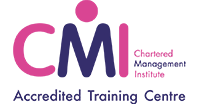So how do we get human beings to be safe?

Let me share a few thoughts with you…
The cognitive revolution, about 70,000 years ago – was a real game-changer; a genetic mutation that altered the inner wiring of Homo Sapiens, enabled us to communicate in an altogether new type of language which could not only convey information but also create imagined worlds. It was this ability to forge common myths and beliefs that enabled Homo Sapiens to cooperate flexibly in large numbers – so what’s this got to do with health and safety, or leadership and management.
Hold that thought. Now let’s consider another point…
What do the first ghost bikes appearing in St Louis in 2003 and their inexorable spread across the globe, and the avalanche of unorganised floral tributes following the death of Princess Diana in 1997, have in common? Bear in mind these occurrences are pre-internet so no central organising body – it just happened – it went viral, over a decade before we’d even heard the term ‘gone viral’.
It happened because one person believed that for them, it was the right thing to do. Very quickly, other folk witness the act and follow suit. Why – initially because of a shared belief? But what explains the explosion of the phenomenon. Could we as modern-day Homo Sapiens, harness this ability, to produce a mass behavioural shift?
In his harrowing account of life in a concentration camp, Viktor Frankl shares his experience of how he, and many others, survived the holocaust by re-engineering his ‘meaning of life’; i.e. he altered his thinking, his beliefs and thus his actions and behaviour to effect his survival.
Frankl’s pre-war training as a psychiatrist informed every waking moment of his ordeal and allowed him a remarkable perspective on the psychology of survival. His assertion that “the will to meaning” is the basic motivation for human life has forever changed the way we understand our humanity in the face of suffering.
OK, so we have the ability to share beliefs and connect with a set of values, these in turn define our ‘meaning of life’. We also know that Homo Sapiens are actually a Super Social Ape – despite our modern infatuation with wanting to be ‘individual’ and in charge of our own lives, we are hard-wired to be social, originally maybe for compassion, comfort and security; Safety in numbers!
Is this tendency to collaborate just a cultural response to our genetic pursuit of self-interest or is it something we are programmed to do anyway – something we have taken to new heights?
In the hundreds of face-to-face training sessions we’ve led, where disparate groups of a multi-site business are brought together, one over-riding piece of feedback we get is “it was great to connect with and share time with colleagues I’d never met before”. Where these sessions were over a twelve-month period, we could quantify the increase in collaborative engagement i.e. being ‘social’ has an exponential impact. The more times they were brought together to interact, to solve problems common to the group, the faster they solved them and the more powerful the group dynamic became.
So, what’s this got to do with Health and Safety training? Backing this up is the latest research from neuroscientists who have proven that the key to learning is human interaction, i.e. being a super-social ape; being collaborative. Yes – this means, as we all know, that we should facilitate training sessions rather than chalk and talk sessions but how do we take that to the next level?
Humans are hard-wired to learn: it is in our DNA to constantly gain knowledge, to improve, and to flourish. We are goal seeking mechanisms. But here’s the key – if you can understand the human being better – their values & beliefs, their meaning for life, and help them identify the common thread in a group, even before the learning experience, then what you have developed is an empathised, goal seeking super group.
Now, take the latest research from studies in cognitive neuroscience of the teacher-student relationship in which the results demonstrated a strong positive correlation in activity between the students and the teachers in efficient educational dialogues in which the students transferred the knowledge. Put another way, the teacher shows the learner(s) the path they should take and then, engaged and passionate, guides them through a process of Active Discussion and self-learning, allowing them to own their own problem solving until they reach their goals. The learner learns and retains more because they’ve made their own emotional connections to the information during their discoveries through Active Discussion.
Knowledge x emotion x repetition= retention
Let’s tie this all together then.
- If you take time to understand the human beings in a group and time to explore the common thread and let them connect and be sociable with each other
- Bind them and the trainer to a shared set of values, a collective meaning (usually in line with the core values of the business)
- Harness the power of ‘super-social ape’ and guide them through Active Discussion to achieve their learning goals which are embedded with powerful emotional connections
So then, facilitating a mass behavioural shift to affect an increase in positive safety behaviours is 98% understanding human beings and 2% subject matter. The same is true of leadership and management teams.
But what if you go further than that? Change the physical learning environment and introduce intermittent activities to drive further emotional connections to the learning (which we call an ‘emotional hook’), allowing for better retention and faster recall of the knowledge.
From our early Health and Safety Workshops in 2007 with BP Shipping, we developed D.I.A.L.™ – Deep Immersion Accelerated Learning, which uses the techniques I’ve already described here, but then we take the learning experience to a whole new level – check out our D.I.A.L.™ techniques here.
This is what we do at Force Four. It’s not radical. It’s un-cluttering the learning experience. It works.
More Trending Knowledge







